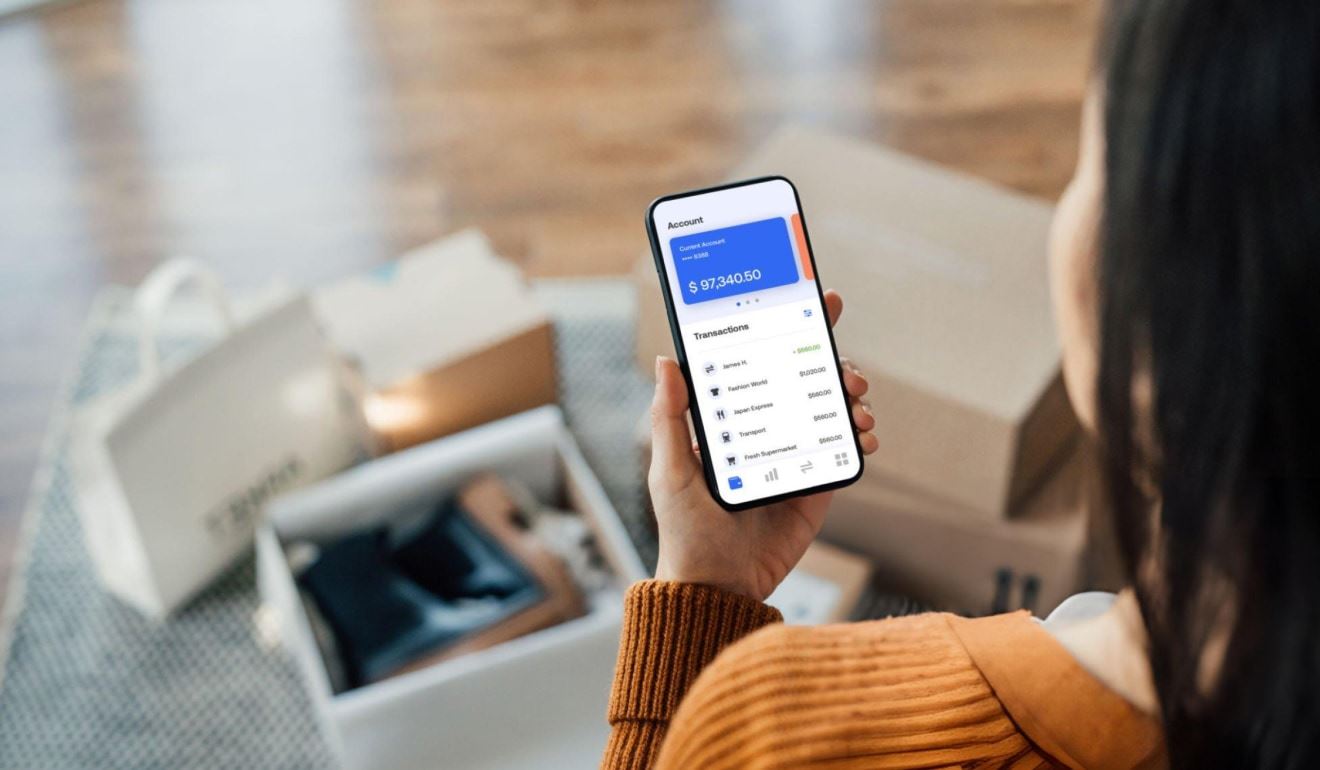With a commitment to continuous growth, the UX Cookbook constantly introduces new recipes, making it a go-to resource for UX enthusiasts.
Blended Learning Models: Designing the Perfect Balance

In the ever-evolving landscape of education, one approach that has consistently proven its value is blended learning. This model, which combines traditional in-person instruction with digital and online learning, offers a flexible, customizable, and often more effective way to teach. However, the success of blended learning depends on how well the balance between face-to-face and online elements is struck. This blog post will explore the key principles behind designing an effective blended learning model and offer practical tips for educators looking to create a perfect balance.
What Is Blended Learning?
Blended learning is an educational approach that integrates online educational materials and opportunities for interaction online with traditional place-based classroom methods. It requires the physical presence of both teacher and student, with some elements of student control over time, place, path, or pace. The idea is to take the best aspects of in-person instruction and combine them with the flexibility and personalized learning opportunities that online education provides.
Why Blended Learning?
Before diving into the specifics of designing a balanced blended learning model, it’s essential to understand why this approach is gaining traction. Blended learning offers several benefits:
Flexibility: It allows students to learn at their own pace, accommodating different learning styles and schedules.
Personalization: Online components can be tailored to meet individual student needs, offering a more personalized learning experience.
Engagement: By incorporating multimedia and interactive elements, blended learning can enhance student engagement and motivation.
Efficiency: It can make better use of classroom time by focusing on interactive and hands-on activities that benefit from face-to-face interaction.
Accessibility: It broadens access to education by allowing students to participate in part of their learning online, reducing the need for physical presence.
Designing the Perfect Balance
Achieving the right balance in a blended learning model is critical to its success. Here are some key considerations:
Start with Clear Learning Objectives
The foundation of any effective learning model is a clear set of learning objectives. These objectives should guide the design of both the online and face-to-face components of the course. Ask yourself: What do you want students to know or be able to do by the end of the course? Once these goals are established, you can begin to decide which aspects of the course are best suited for in-person instruction and which can be delivered online.
Determine the Role of Technology
Technology is a powerful tool in blended learning, but it should serve the learning objectives, not the other way around. Consider the strengths of different technologies: online discussions can encourage student collaboration, video lectures can provide flexible access to content, and simulations can offer hands-on practice in a virtual environment. Choose tools that enhance learning rather than complicating it.
Balance Synchronous and Asynchronous Learning
Synchronous learning involves real-time interaction, whether in person or online, while asynchronous learning occurs on the student’s schedule. Both have their place in a blended learning model. Synchronous sessions can be used for discussions, Q&A sessions, and activities that benefit from immediate feedback, while asynchronous components are ideal for lectures, readings, and self-paced exercises. A well-balanced course will typically include a mix of both, allowing students to engage with the material in various ways.
Foster a Sense of Community
One challenge of blended learning is maintaining a sense of community among students. Face-to-face interactions are naturally conducive to building relationships, but online components can sometimes feel isolating. To counteract this, design activities that encourage collaboration and communication. Group projects, peer reviews, and online discussion forums can help create a sense of community, even when students are not physically together.
Provide Continuous Feedback
In a blended learning model, continuous feedback is crucial for keeping students on track and engaged. Online quizzes, discussion forums, and automated assessments can provide immediate feedback, helping students identify areas where they need to improve. At the same time, in-person interactions can offer more detailed and personalized feedback. Combining both forms ensures that students receive the support they need to succeed.
Regularly Evaluate and Adjust
Blended learning is not a one-size-fits-all approach, and what works for one group of students may not work for another. It’s important to regularly evaluate the effectiveness of your blended learning model and be willing to make adjustments as needed. Gather feedback from students, monitor their progress, and be open to experimenting with different approaches to find the optimal balance.
Challenges and Solutions
While blended learning offers many advantages, it also presents some challenges. One common issue is the digital divide; not all students have equal access to technology or a stable internet connection. To mitigate this, ensure that all online components are accessible on multiple devices and provide offline alternatives where possible.
Another challenge is ensuring that students are equally engaged with both online and in-person components. This can be addressed by integrating the two modalities more tightly—for example, by using online discussions to prepare for in-person debates or by assigning online quizzes that build on classroom lectures.
Blended learning represents a powerful model for modern education, offering the best of both worlds: the personal touch of face-to-face instruction and the flexibility of online learning. However, its success depends on how well educators can balance these elements. By starting with clear objectives, choosing the right technologies, balancing synchronous and asynchronous activities, fostering community, providing continuous feedback, and being open to ongoing evaluation, educators can design blended learning models that truly enhance the learning experience.
With careful planning and thoughtful design, blended learning can offer a rich, engaging, and effective educational experience that meets the needs of today’s diverse learners.
FAQ
Blended learning is an educational approach that combines traditional in-person classroom instruction with online learning components. This model leverages the strengths of both face-to-face and digital learning, offering students flexibility, personalization, and the ability to control aspects of their learning such as time, place, and pace.
Achieving the right balance in blended learning is crucial because it ensures that the strengths of both in-person and online components are fully utilized. A well-balanced model enhances student engagement, maximizes learning outcomes, and provides a more flexible and personalized educational experience. Without balance, one component might overshadow the other, reducing the overall effectiveness of the learning experience.
Start by identifying your course’s learning objectives. Then, consider the strengths of each modality. In-person sessions are ideal for activities that require immediate feedback, hands-on practice, or face-to-face interaction, such as discussions or lab work. Online components work well for lectures, readings, and self-paced activities that students can complete on their own time. Balance these elements based on the needs of your students and the goals of your course.
Technology plays a crucial role in blended learning by facilitating the online components of the course. It can provide interactive elements, such as video lectures, discussion forums, and simulations, that enhance the learning experience. However, it’s important to choose technology that aligns with your learning objectives and enhances the course rather than complicating it. The technology should be a tool that supports learning, not the focus of it.
Maintaining a sense of community in a blended learning environment can be challenging, especially when students are not physically together. To foster community, design activities that encourage interaction and collaboration, such as group projects, peer reviews, and online discussions. Additionally, use synchronous sessions (whether online or in person) to allow students to connect in real-time, which can help build stronger relationships and a sense of belonging.
Common challenges in blended learning include the digital divide, where not all students have equal access to technology, and ensuring engagement with both online and in-person components. To address the digital divide, ensure that online materials are accessible on multiple devices and provide offline alternatives if needed. To enhance engagement, integrate online and in-person activities closely, such as using online quizzes to reinforce in-person lessons or online discussions to prepare for classroom debates.
Continuous improvement in blended learning involves regular evaluation and adjustment. Gather feedback from students, monitor their progress, and be willing to experiment with different approaches. Use data and student feedback to identify areas that need improvement and be open to making changes. This iterative process helps refine the balance between online and in-person components and ensures the model remains effective for different groups of students.









